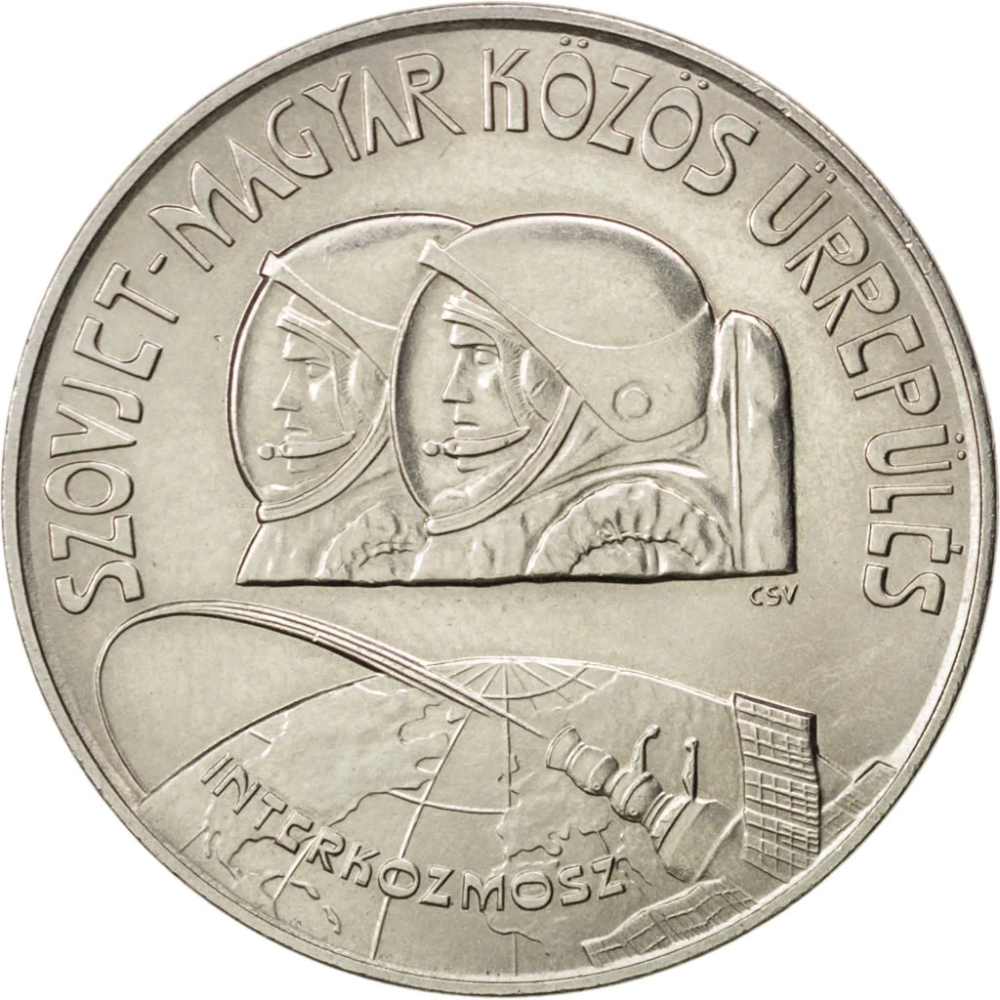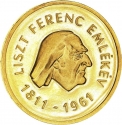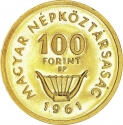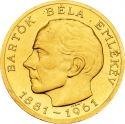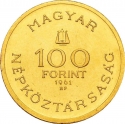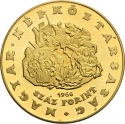You are about to finish your registration. Please check your mailbox (including spam folder). There should be a letter with a confirmation link. Check setting to make sure that your e-mail address is correct.
Send letter againDescription
Soyuz 36, designated as Союз 36 or Union 36 in Russian, was a Soviet crewed space mission in 1980 aimed at reaching the Salyut 6 space station. This flight marked the 11th journey to the station and the ninth successful docking with it. Notably, the crew of Soyuz 36 became the first to visit the long-term occupants of Soyuz 35. On board were Valery Kubasov and Bertalan Farkas, the inaugural Hungarian cosmonaut, who swapped their Soyuz craft with the resident crew before returning to Earth in Soyuz 35. Subsequently, another crew utilized their craft for the journey back to Earth.
During the Cold War, the Soviet Union and its Eastern Bloc allies, including Hungary, engaged in collaborative space missions, marking a significant chapter in space exploration. Through initiatives like the Intercosmos program, Hungary participated in manned space missions alongside the Soviet Union, conducting scientific research and contributing to broader space exploration objectives. These joint endeavors served as demonstrations of international cooperation amidst geopolitical tensions, showcasing the shared pursuit of scientific advancement beyond Earth's confines.
Engraver: Viktória Csúcs
Obverse

|
Depicts profiles of two cosmonauts, below the northern part of the globe and Salyut 6, a Soviet orbital space station, surrounded by the inscriptions SOVIET-HUNGARIAN JOINT SPACE FLIGHT above and INTERCOSMOS below. The engraver's initials below the cosmonauts. SZOVJET—MAGYAR KÖZÖS ŰRREPÜLÉS |
|---|---|
Reverse

|
Depicts the coat of arms dividing the issue year, the country name above (Hungarian People's Republic), the mintmark (BP) between the two ribbon ends and the denomination below. MAGYAR NÉPKÖZTÁRSASÁG |
| Edge |
100 Forint
People's Republic
1st Soviet-Hungarian Space Flight
KM# 617 Unger# 1622 Adamo# EM61
1st Soviet-Hungarian Space Flight
